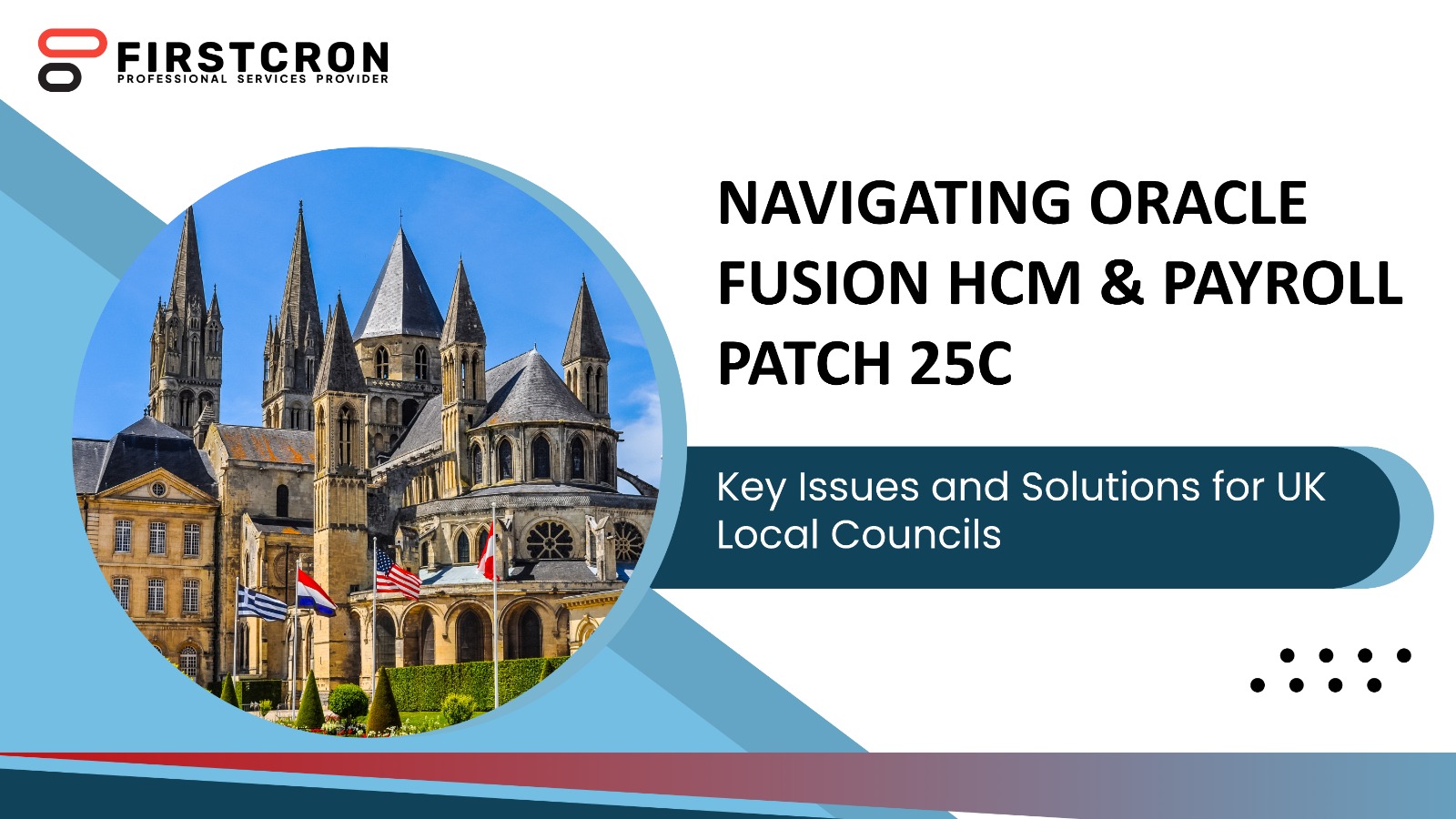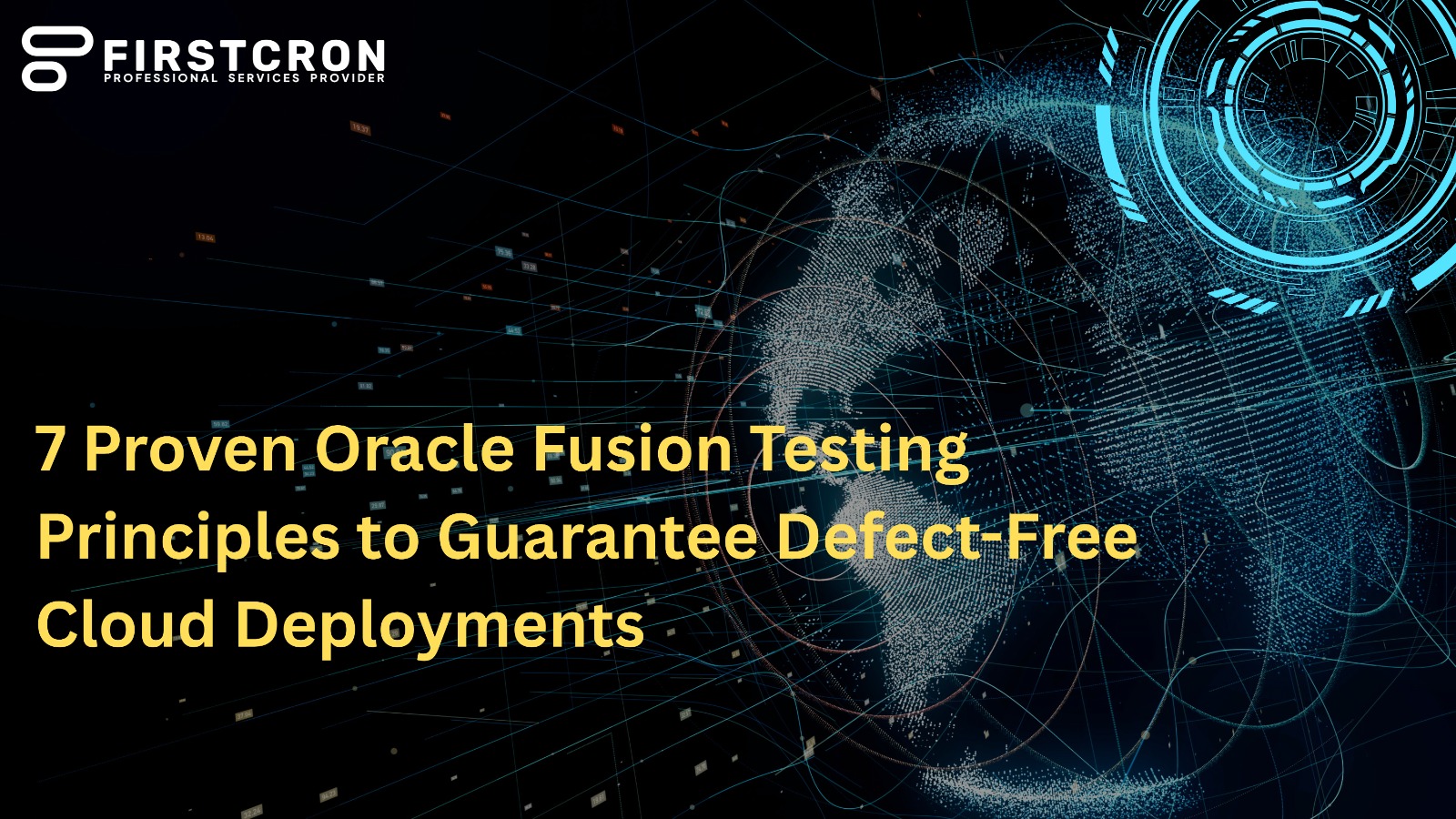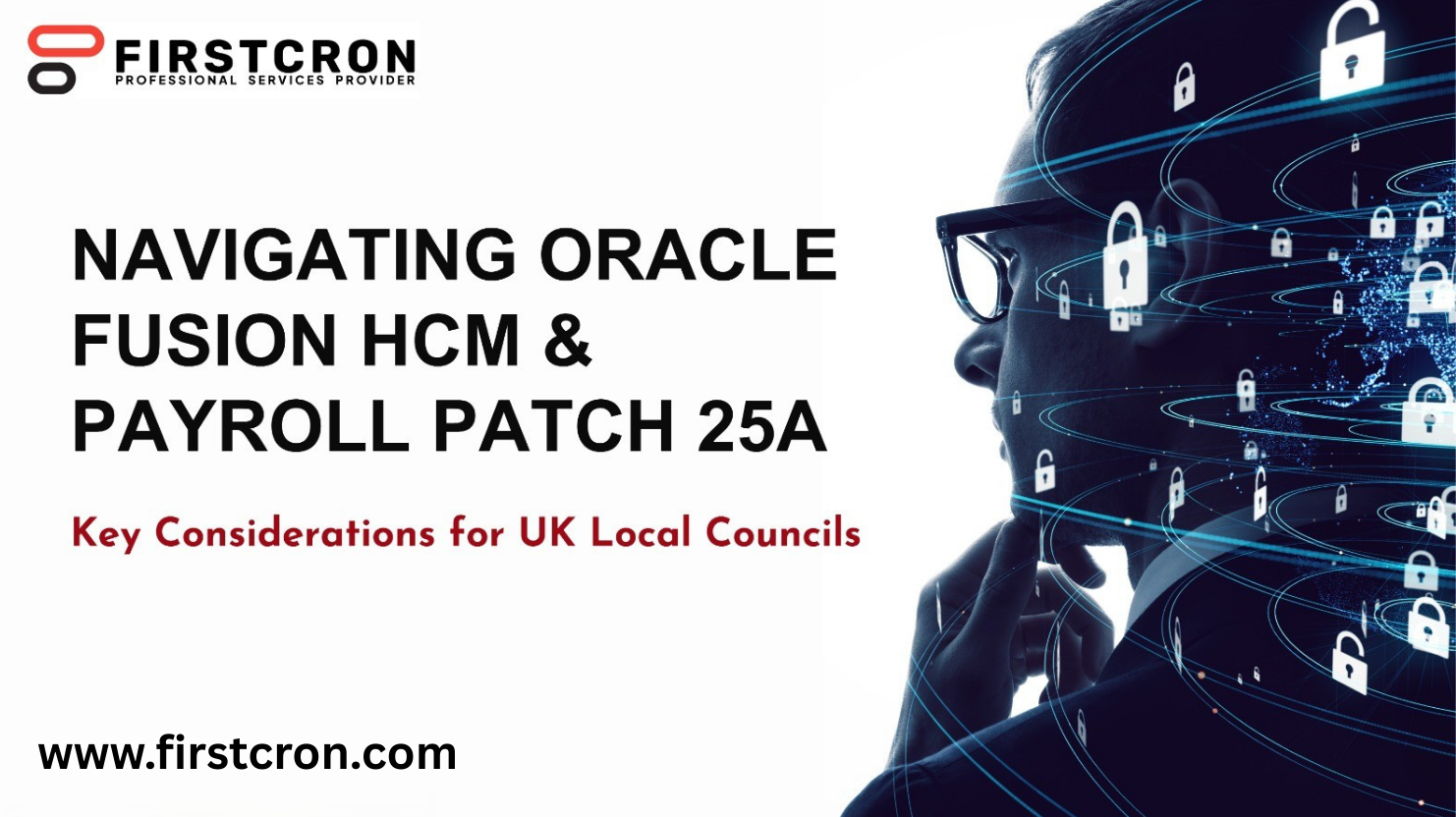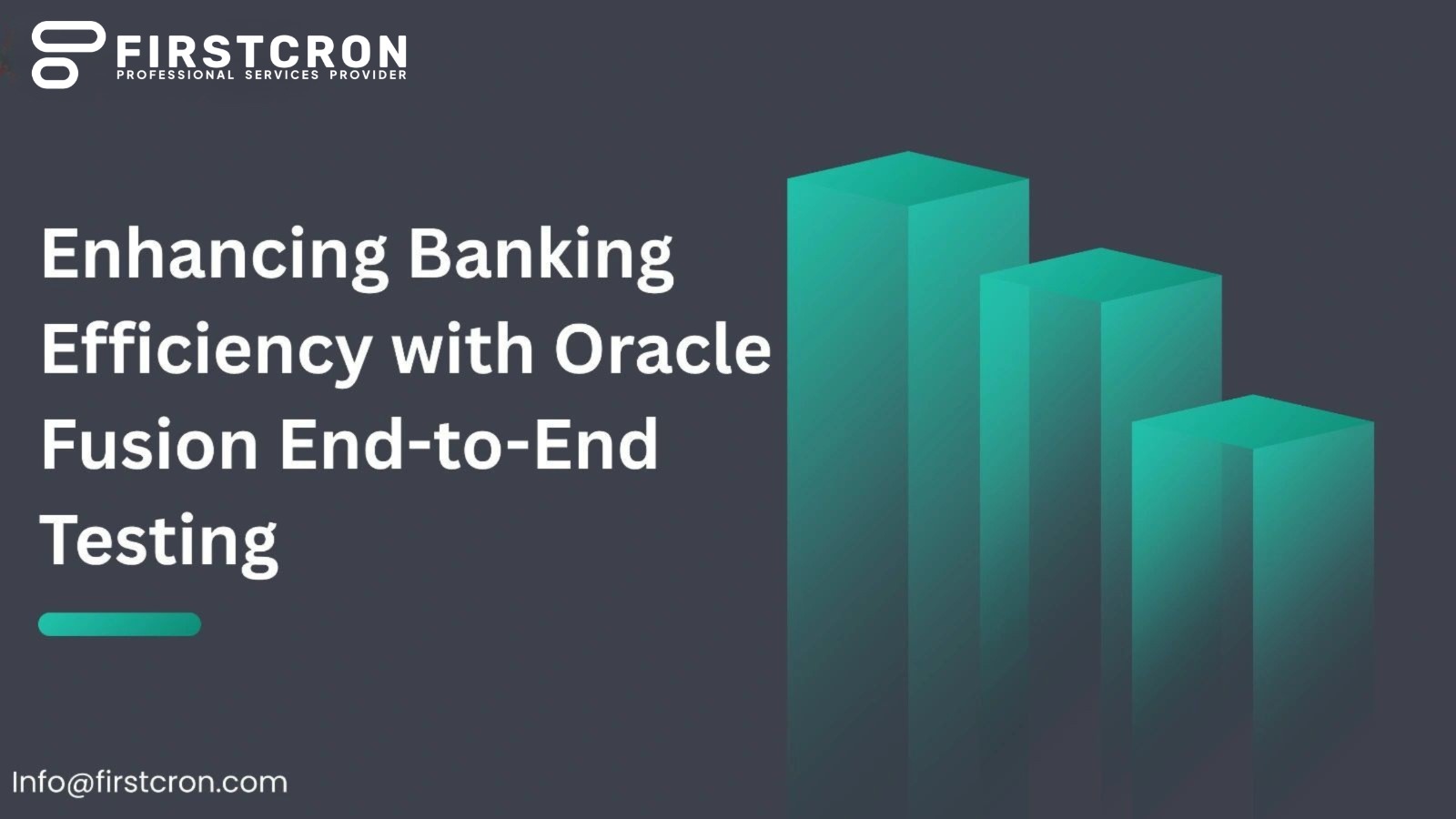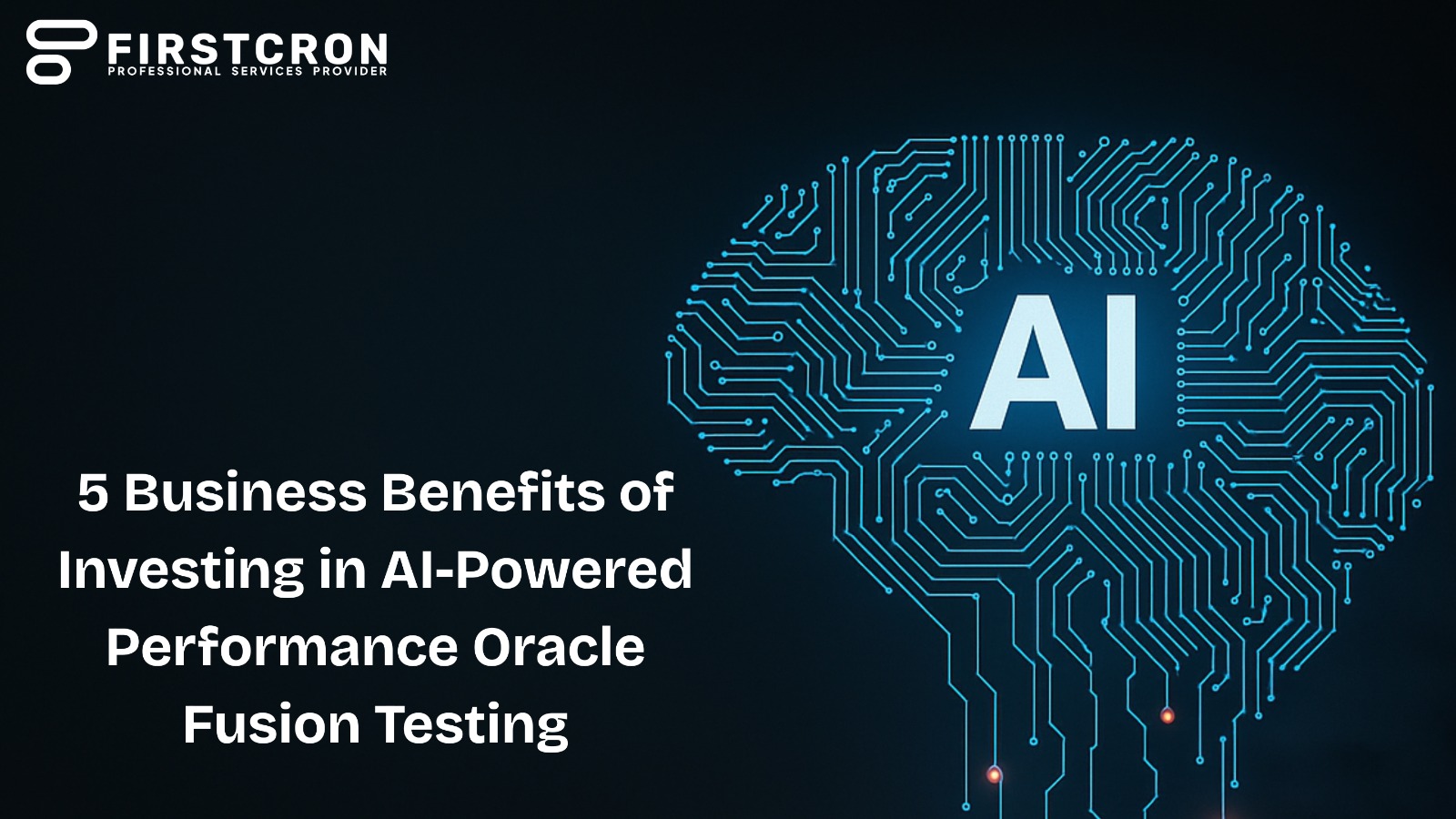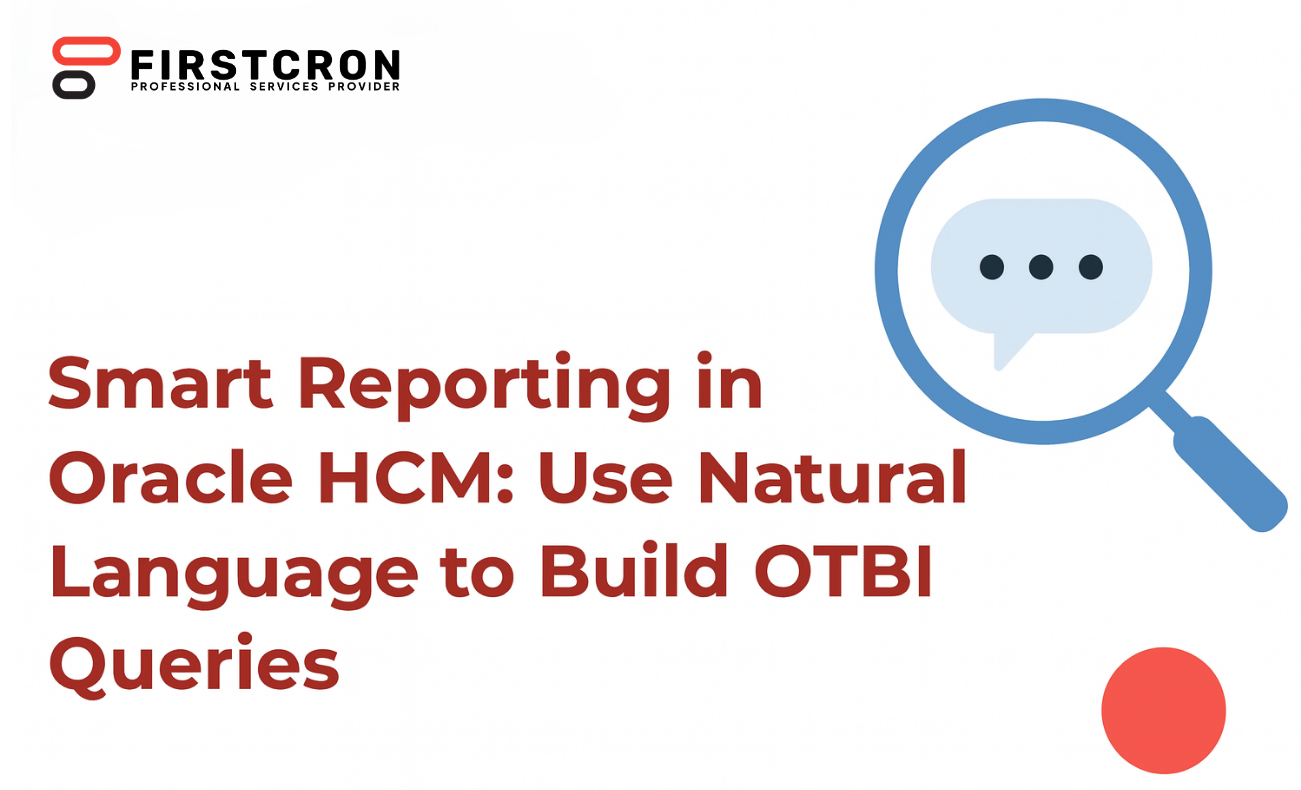
The Human Resources (HR) function has undergone remarkable transformation over the past decade, shifting from administrative recordkeeping to strategic workforce management. At the heart of this change lies technology—particularly the rise of cloud-based HR applications that streamline processes such as recruitment, payroll, performance management, and employee engagement. These tools allow organizations to manage global workforces efficiently while enabling employees to interact with HR services in real time. As companies become increasingly digital, the expectations placed on HR systems have grown significantly, requiring faster response times, improved connectivity, and seamless integration across devices. The advent of fifth-generation wireless technology, or 5G, promises to deliver exactly that. With unprecedented speeds, ultra-low latency, and the ability to connect massive numbers of devices simultaneously, 5G will transform the way cloud-based HR applications function and bring about a new era of workforce management.
In this blog we’ll cover
- Understanding The Power Of 5G In HR
- Recruitment In The 5G Era
- Employee Onboarding And Training
- Performance Management And Employee Engagement
- Remote Work And Flexibility
- HR Analytics And Decision-Making
- Security And Compliance In A 5G World
- The Future Of Employee Experience
- Comparison Of 4G Vs 5G In HR Applications
- Challenges To Adoption
- Conclusion
Understanding The Power Of 5G In HR
5G is not simply an incremental improvement over its predecessor, 4G—it is a revolutionary leap. Offering speeds up to 100 times faster and latency as low as one millisecond, 5G has the potential to redefine connectivity. For HR applications that rely on the cloud, this means an environment where data can be processed, shared, and accessed instantly, even from remote or bandwidth-heavy locations. Whether employees are working in urban centers, industrial facilities, or rural areas, 5G ensures consistent, high-speed access to HR platforms. This level of connectivity opens the door to innovations such as real-time video recruitment, immersive onboarding, AI-driven analytics, and personalized employee experiences. For HR leaders, the adoption of 5G will mean an expanded toolkit to support a dynamic workforce that is increasingly mobile and digitally oriented.
Recruitment In The 5G Era
Recruitment is often the first point of contact between organizations and prospective employees, and the candidate experience plays a critical role in employer branding. With 5G-enabled cloud systems, recruitment will become faster, more engaging, and more efficient. Real-time video interviews with no buffering or lag will allow recruiters to interact seamlessly with candidates across the globe. Advanced video analytics powered by AI can assess candidate engagement, tone, and non-verbal cues during interviews, improving decision-making. Cloud-based applicant tracking systems will benefit from faster data retrieval, ensuring that recruiters can access candidate profiles, resumes, and portfolios instantaneously. 5G will also make virtual career fairs more immersive, enabling prospective candidates to engage with employers through augmented reality (AR) or virtual reality (VR) experiences hosted directly via cloud HR applications. This not only broadens the talent pool but also elevates the employer’s reputation as an innovative workplace.
Employee Onboarding And Training
Effective onboarding sets the foundation for employee success and retention. Cloud-based onboarding applications already offer digital forms, e-learning modules, and self-service dashboards. With 5G, these experiences can become more interactive and immersive. For instance, new hires could participate in VR-based tours of office facilities, meet colleagues in virtual breakout sessions, or complete training modules enhanced with real-time simulations. The ultra-low latency of 5G ensures that these experiences are smooth and uninterrupted, regardless of location. Additionally, 5G can enable real-time collaboration between new hires and HR teams, allowing immediate resolution of questions and faster integration into the organizational culture. Training programs will also benefit, as bandwidth-heavy content such as video tutorials, AR-enhanced learning tools, and gamified modules can be delivered seamlessly to employees’ devices, improving engagement and knowledge retention.
Performance Management And Employee Engagement
Traditional performance management systems have often been criticized for being rigid and backward-looking. Cloud-based platforms have improved this by offering continuous feedback, goal setting, and real-time analytics. 5G will elevate these systems further by enabling instant feedback loops powered by AI-driven analytics that process performance data in real time. For example, managers could receive live updates on productivity metrics during a project and provide immediate recognition or corrective guidance. Employee engagement tools such as pulse surveys and feedback platforms will benefit from faster processing, allowing organizations to capture and analyze employee sentiment instantaneously. 5G’s connectivity also supports advanced employee engagement initiatives such as VR-based town halls, immersive recognition ceremonies, and real-time gamification elements that foster collaboration across dispersed teams.
Remote Work And Flexibility
The COVID-19 pandemic proved that remote work is not only possible but often highly productive. Cloud-based HR applications have been central to managing remote teams, but connectivity limitations have sometimes posed challenges. 5G eliminates many of these barriers by providing fast, stable internet access even in locations with traditionally poor infrastructure. This ensures that remote employees can access HR services, attend virtual training, and collaborate with colleagues without interruptions. Additionally, 5G supports the use of Internet of Things (IoT) devices that monitor workplace environments, wellness, and productivity, all feeding data into cloud-based HR systems for better workforce management. The outcome is an HR ecosystem that supports flexible work arrangements, ensures inclusivity for remote employees, and delivers consistent experiences across geographic boundaries.
HR Analytics And Decision-Making
Modern HR decisions rely heavily on data-driven insights, from predicting attrition to optimizing workforce planning. Cloud-based analytics platforms already provide powerful dashboards, but 5G will make them faster and more robust. The ability to process large volumes of data in real time means HR leaders can make proactive decisions rather than reactive ones. For example, predictive analytics models can immediately flag employees at risk of leaving, allowing managers to intervene quickly with tailored retention strategies. Similarly, workforce planning models can instantly analyze trends in absenteeism, productivity, or engagement, ensuring that HR teams remain agile in addressing emerging challenges. The speed and reliability of 5G ensure that these analytics are always available, even in bandwidth-heavy scenarios where multiple users are accessing the platform simultaneously.
Security And Compliance In A 5G World
While the benefits of 5G are vast, they also come with new challenges, particularly in data security. Cloud-based HR applications manage sensitive employee information, including personal identifiers, financial details, and health records. With 5G enabling a surge in connected devices, the potential attack surface for cybercriminals increases. To mitigate this, organizations must adopt robust security measures such as zero-trust frameworks, end-to-end encryption, and continuous monitoring. At the same time, 5G’s architecture supports advanced security features such as network slicing, which can create dedicated, secure communication channels for HR applications. Compliance with data privacy regulations such as GDPR or HIPAA will also be enhanced, as 5G allows for real-time monitoring and reporting of data usage. Ensuring that security evolves alongside connectivity will be crucial to realizing the full potential of 5G in HR.
The Future Of Employee Experience
Employee experience has become a cornerstone of organizational success, and cloud-based HR applications play a central role in shaping it. With 5G, the employee experience will become more personalized, interactive, and seamless. Employees will have instant access to HR services, whether applying for leave, submitting expense claims, or checking performance dashboards. AI-powered chatbots integrated with HR systems will respond in real time without the delays currently associated with slower networks. Moreover, the integration of 5G with AR and VR will allow employees to engage in immersive wellness programs, career development simulations, and interactive mentoring sessions. As organizations compete to attract and retain top talent, leveraging 5G to enhance employee experience will provide a critical competitive edge.
Comparison Of 4G Vs 5G In HR Applications
| Feature | 4G Limitations In HR Applications | 5G Advantages For Cloud-Based HR Applications |
|---|---|---|
| Scalability | Slower response times, buffering in video tools | Ultra-fast speeds, real-time video interviews and collaboration |
| Speed & Latency | Limited ability to handle massive user traffic | Supports large-scale, simultaneous HR platform usage globally |
| Advanced Experiences | Restricted VR/AR and immersive training options | Smooth VR/AR onboarding, real-time simulations, immersive learning |
Challenges To Adoption
Despite the promise of 5G, its adoption in HR systems will not be without challenges. Infrastructure development is still underway in many parts of the world, and organizations must consider whether their global workforce will have consistent access to 5G networks. The cost of upgrading existing HR applications to leverage 5G capabilities may also be significant, particularly for smaller organizations. Additionally, workforce training will be essential to ensure that HR professionals can effectively utilize new tools powered by 5G. Companies must also balance innovation with security, ensuring that data privacy and compliance are not compromised in the pursuit of advanced connectivity. Addressing these challenges will require collaboration between HR leaders, IT departments, and external technology partners.
Conclusion
The arrival of 5G marks the beginning of a new era in workforce management, where cloud-based HR applications can operate at unprecedented speed, scale, and sophistication. From recruitment and onboarding to performance management, analytics, and employee engagement, 5G will transform every aspect of HR by delivering real-time experiences and insights. While challenges such as infrastructure, cost, and security must be addressed, the potential benefits far outweigh the obstacles. Organizations that embrace 5G early will be better positioned to attract and retain talent, optimize workforce strategies, and deliver superior employee experiences. Ultimately, 5G is not just a technological upgrade—it is a strategic enabler that will redefine the future of HR in the digital age.nnExplore more on firstcron.com.
Tags
Related Post
Navigating Oracle Fusion HCM & Payroll Patch 25C: Key Issues And Solutions For UK Local Councils
July 26th, 2025 10 min read
7 Proven Oracle Fusion Testing Principles To Guarantee Defect-Free Cloud Deployments
May 16th, 2025 15 min read
Navigating Oracle Fusion HCM & Payroll Patch 25A: Key Considerations For UK Local Councils
July 27th, 2025 10 min read
7 Reasons Why Companies Are Moving From Taleo To Oracle Recruiting Cloud
June 2nd, 2025 14 min read
How End-to-End Testing Of Oracle Fusion Enhances Operational Efficiency In Banking
May 23rd, 2025 11 min read
5 Business Benefits Of Investing In AI-Powered Performance Oracle Fusion Testing
May 5th, 2025 11 min read
WEEKEND READS
Navigating Oracle Fusion HCM & Payroll Patch 25C: Key Issues And Solutions For UK Local Councils
July 26th, 2025 10 min read
7 Proven Oracle Fusion Testing Principles To Guarantee Defect-Free Cloud Deployments
May 16th, 2025 15 min read
Navigating Oracle Fusion HCM & Payroll Patch 25A: Key Considerations For UK Local Councils
July 27th, 2025 10 min read
7 Reasons Why Companies Are Moving From Taleo To Oracle Recruiting Cloud
June 2nd, 2025 14 min read
How End-to-End Testing Of Oracle Fusion Enhances Operational Efficiency In Banking
May 23rd, 2025 11 min read
Driving Compliance And Security With Smart Testing In Oracle Fusion
June 5th, 2025 9 min read
Future Proofing Enterprise Testing: The Role Of AI Driven Automation In Oracle Fusion
June 26th, 2025 7 min read
Smart Reporting In Oracle HCM: Use Natural Language To Build OTBI Queries
August 17th, 2025 20 min read
How Cloud-Based Testing With Firstcron Can Improve Your Business
June 9th, 2025 12 min read






